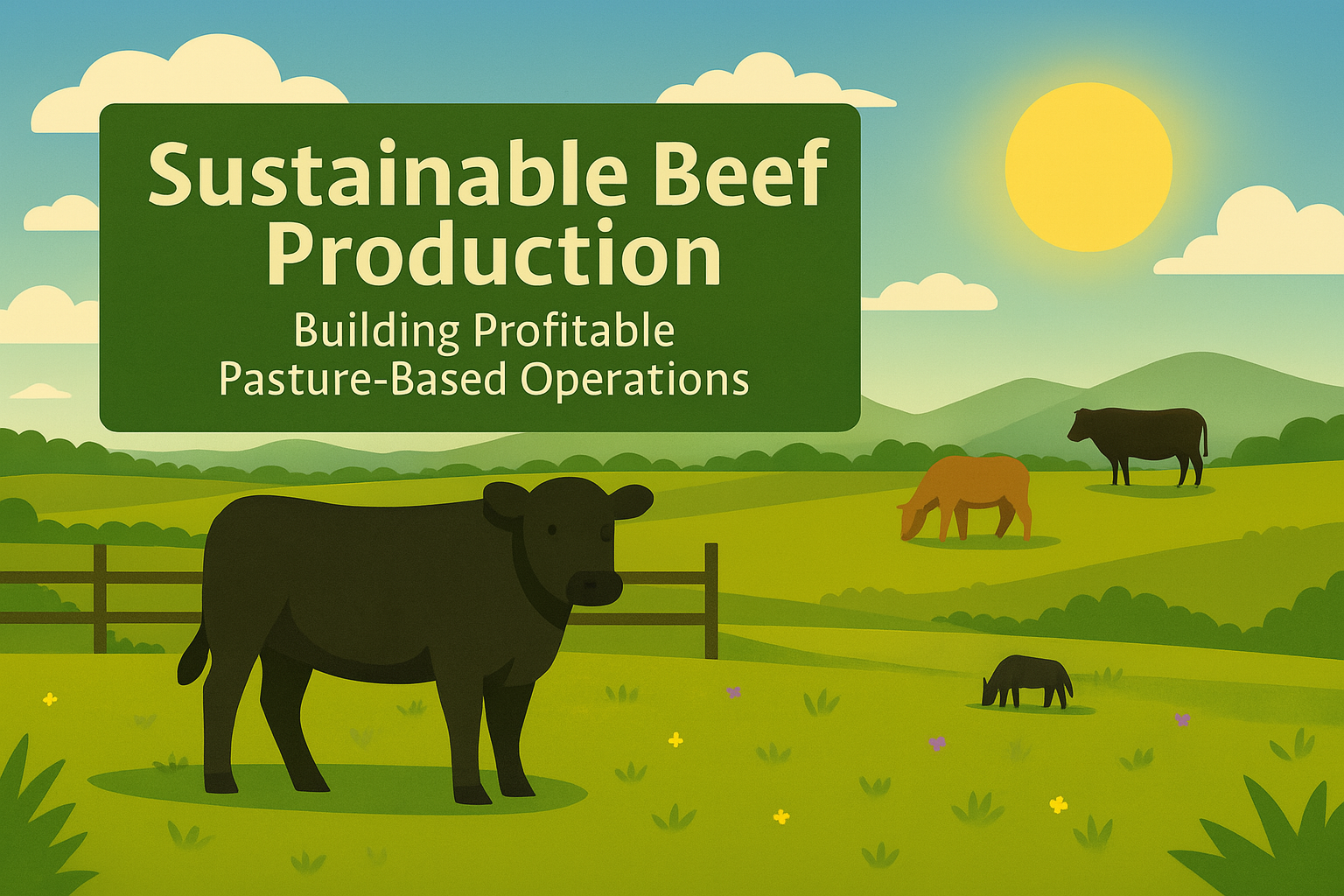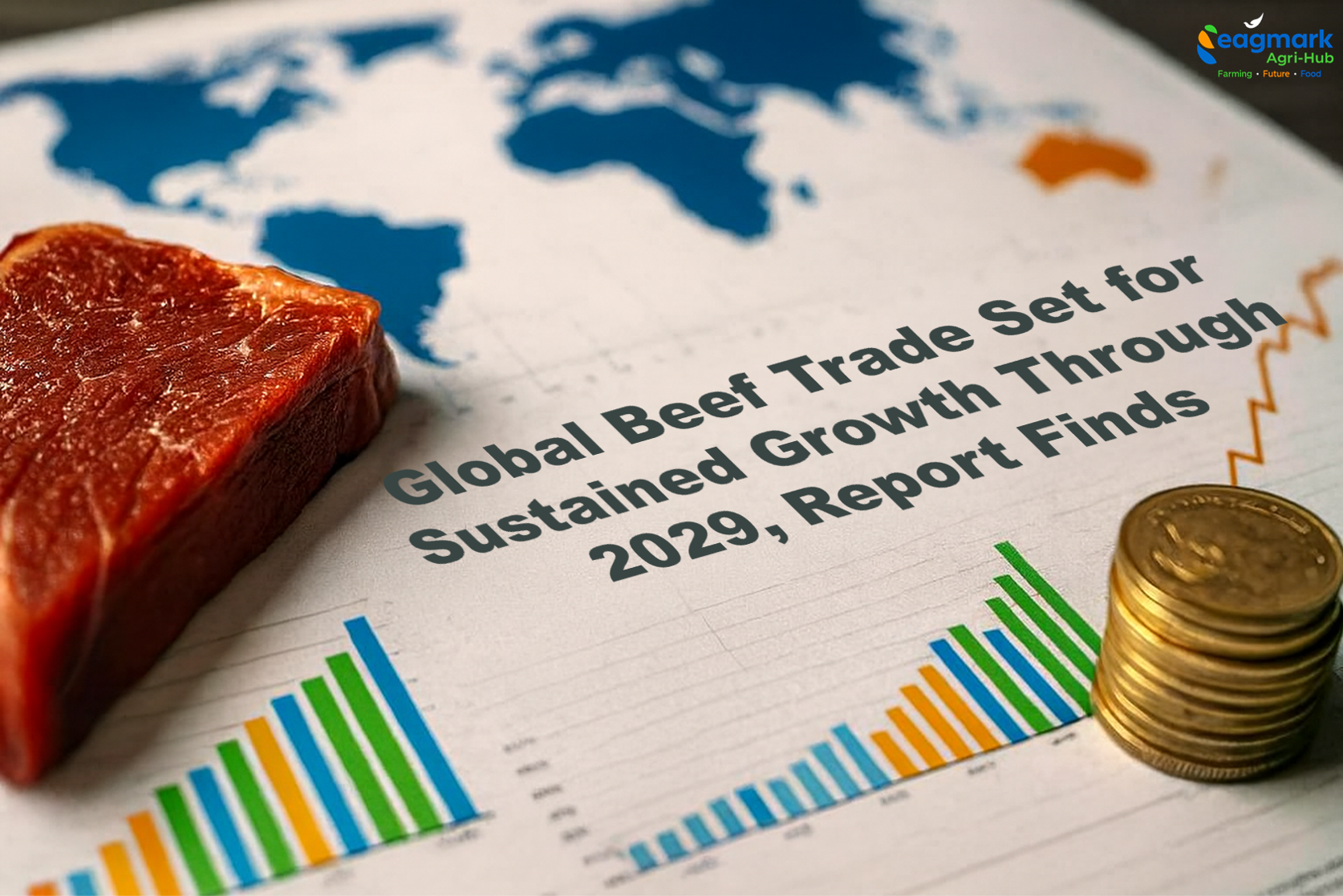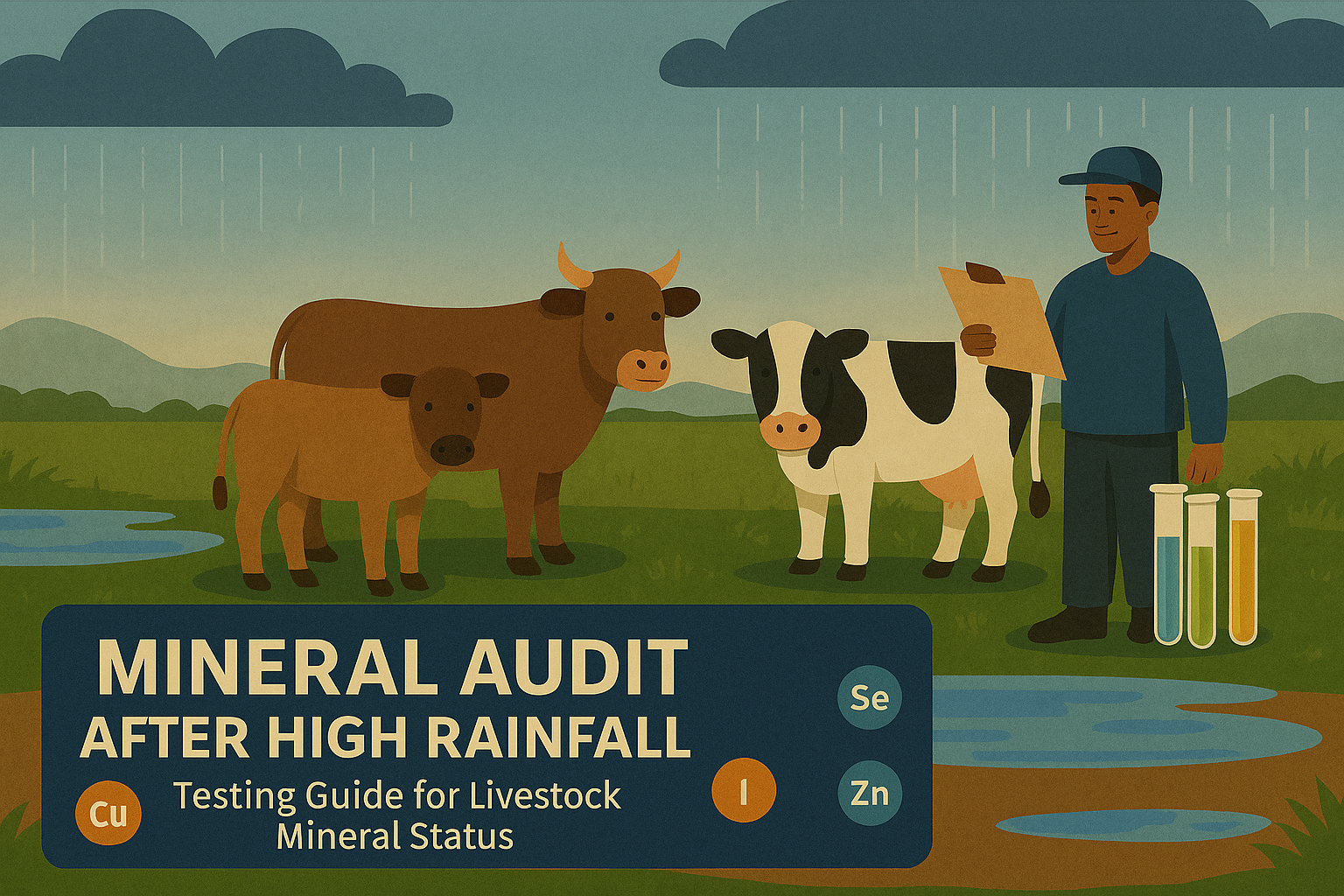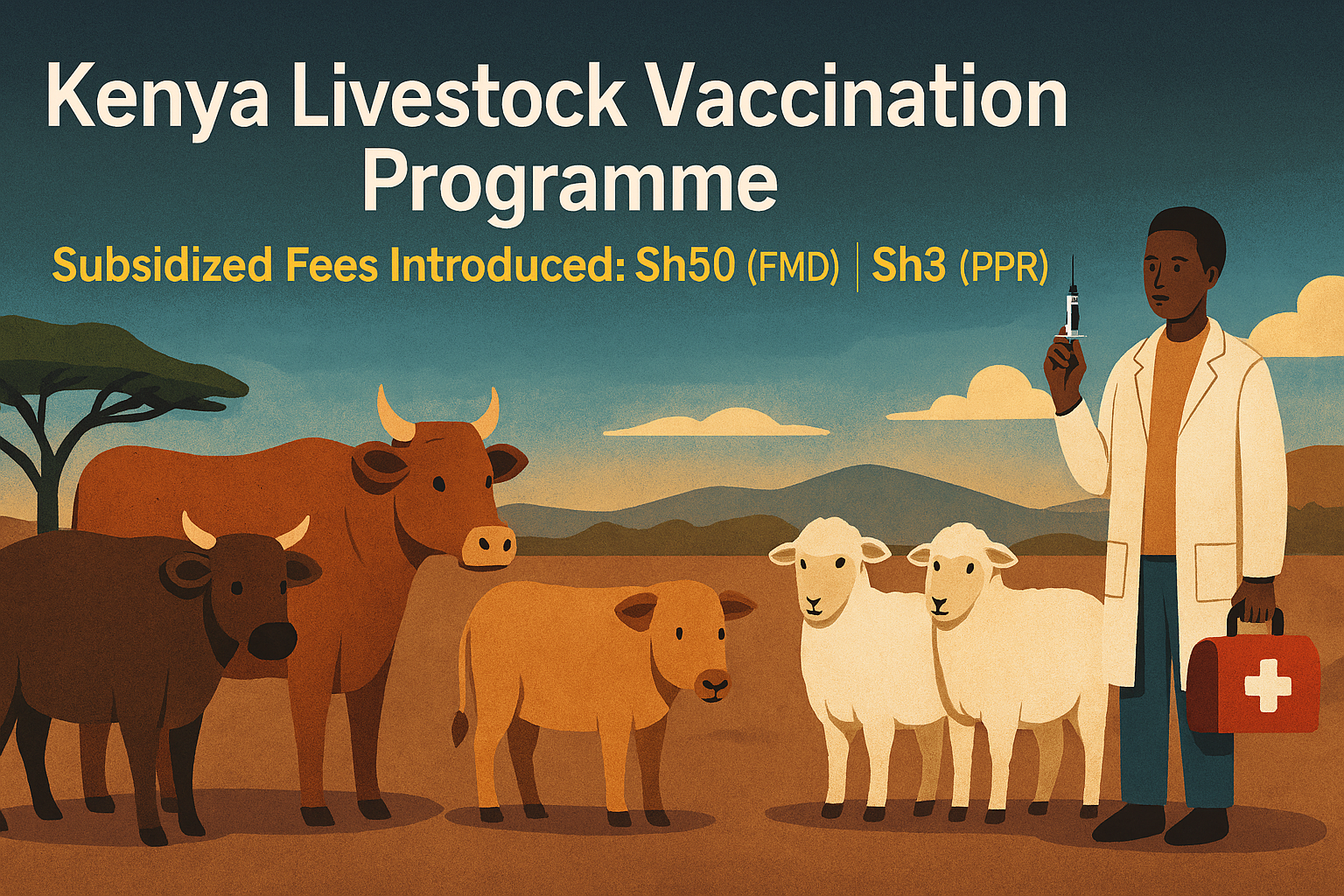
There's something genuinely appealing about sustainable beef production—it's better for the land, kinder to the cattle, and delivers quality to your customers. But here's the truth: making it work financially requires more than good intentions. You need a solid plan and awareness of where things can go wrong.
Let's be honest—pasture-raised beef hasn't always been consistent. For years, farmers have watched input costs climb steadily, eating into already thin margins. It's become clear that the old ways of doing things just aren't cutting it anymore. That's why many producers are making the switch to 100% grass-fed operations. The benefits are real: a smaller environmental footprint and, when done right, a reliable supply of quality beef throughout the year.
The challenge? Many beef producers, especially smaller operations, lack access to the resources and knowledge needed to make sustainable practices work. Too often, livestock is seen as something to fall back on in hard times rather than a genuine business opportunity.
Enroll in the Sustainable Livestock Management Online Course
So how do you avoid the common traps and build a thriving sustainable beef operation? Here's what matters most:
Start with Strong Genetics
Don't cut corners on your cattle. Quality genetics mean animals that grow efficiently and reach their full potential. Once an animal is processed, your costs for butchering and marketing stay roughly the same whether you're getting maximum yield or not. The more marketable beef you get from each animal, the better your bottom line looks.
Think Beyond the Steakhouse
Here's where many producers stumble: they focus on the premium cuts without a plan for everything else. Sure, restaurants love ribeyes and tenderloins, but those represent just a small portion of the carcass. You need a strategy for moving the entire animal—ground beef, roasts, lesser-known cuts, and all. Otherwise, you'll find yourself stuck with inventory you can't sell.
Understand Who's Buying
Not every customer wants to buy a whole or half cow. That's a major financial commitment, and if their first experience goes poorly, you've likely lost them for good. Think carefully about your market. What packaging makes sense? What volume can people actually handle? Tailor your approach to fit how people actually buy and cook beef.
Keep Your Pastures Diverse and Productive
Consistent, nutritious grass is everything in grass-fed beef production. The best approach? A varied pasture mix with cool-season and warm-season grasses, legumes, annuals, and perennials. This diversity keeps cattle well-fed year-round, which translates to steady growth and consistent beef quality. Single-species pastures only hit their nutritional peak once a year—making it nearly impossible to maintain optimal cattle performance across all seasons.
You're Not Alone in This
The good news is that support systems are emerging. The Global Roundtable for Sustainable Beef brings together industry leaders, scientists, and stakeholders to drive continuous improvement across the entire beef value chain. Regional offshoots, like the Southern Africa Regional Roundtable for Sustainable Beef, are making a real difference on the ground—connecting smallholder farmers with financing, helping them tackle disease management, and creating pathways to market.
Sustainable beef production isn't just idealistic—it's achievable. But success comes from understanding both the opportunities and the obstacles, and approaching your operation with clear-eyed realism alongside your commitment to doing things better.


